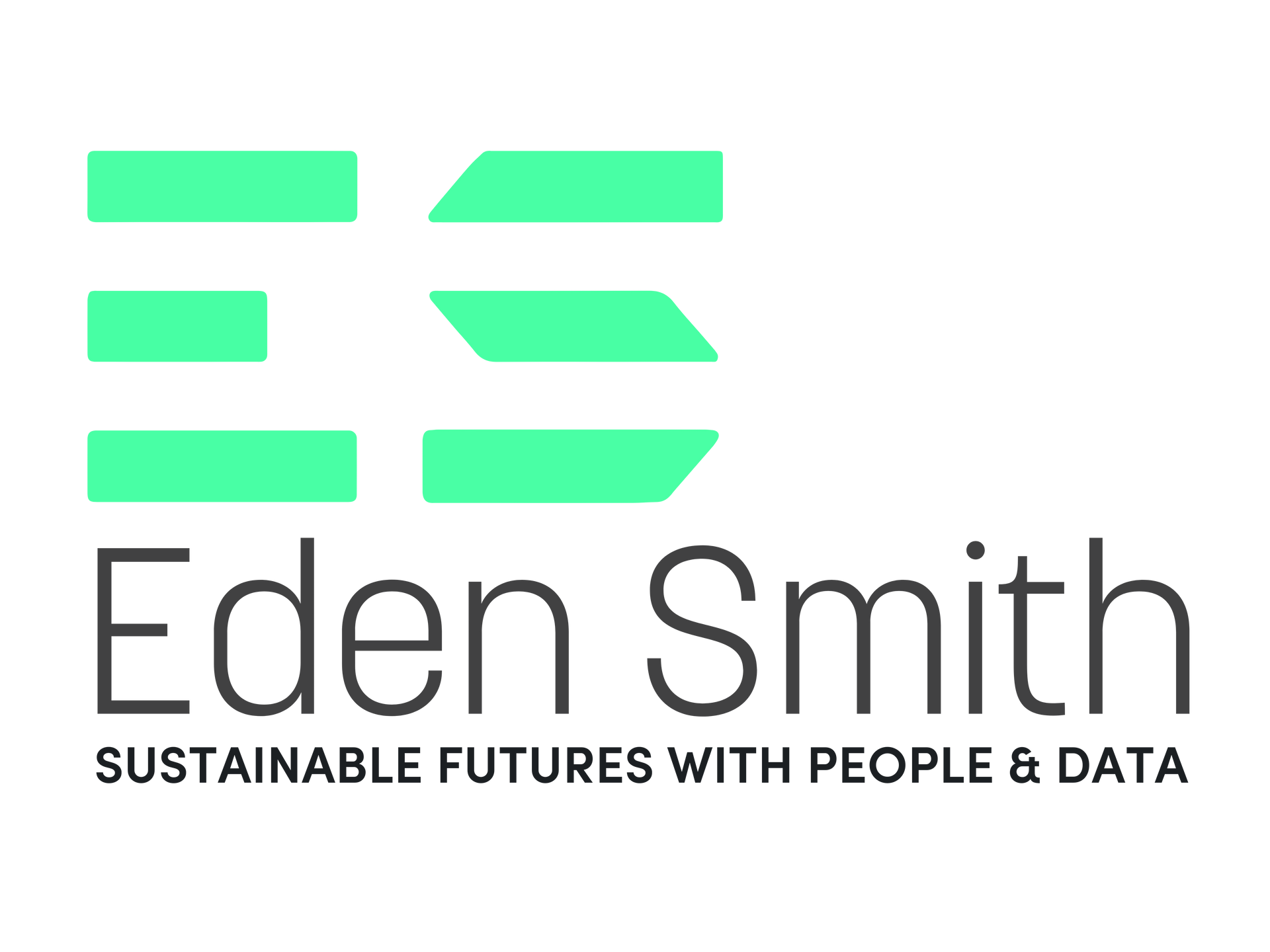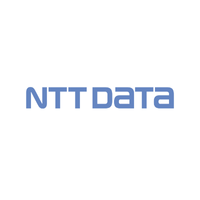Why Green Data Management is the Next Competitive Advantage
In an age of constant digital transformation, data powers everything from customer insights to business innovation. However, the environmental impact of managing vast data systems is becoming harder to ignore. With the rise of sustainability mandates and consumer demand for responsible business practices, green data management is emerging as a critical differentiator. Companies that prioritise environmentally conscious data strategies are not only reducing their carbon footprint but also gaining a competitive edge in a world increasingly focused on sustainability.
The Business Case for Green Data Management
Green data management refers to the practice of reducing the environmental impact of data storage, processing, and transfer. This involves adopting energy-efficient technologies, optimising data usage, and reducing digital waste. As organisations become more data-driven, the energy consumption of data centres and cloud services continues to surge. According to the International Energy Agency (IEA), data centres account for approximately 1% of global electricity demand, a figure that is projected to grow without sustainable intervention. Data centres & networks – IEA
By adopting green data strategies, companies can lower operational costs through energy efficiency while positioning themselves as sustainability leaders. Organisations that prioritise green data management will also be better prepared to comply with upcoming regulations on carbon reporting and environmental transparency. In competitive markets, these sustainability efforts can become a unique selling point, attracting eco-conscious customers and investors. Sustainable data management and the future of green business | Sustainability Magazine
Building Trust Through Transparency in Data Sustainability
In a marketplace where trust is a critical commodity, transparency in green data practices can significantly enhance customer loyalty. Consumers and business partners are increasingly scrutinising how companies manage their environmental responsibilities. Clear, public reporting on data sustainability efforts not only meets regulatory requirements but also reassures stakeholders that the organisation is committed to ethical and sustainable practices.
Companies leading in green data management often publish annual sustainability reports outlining their energy usage, carbon reduction goals, and the steps they are taking to minimise their digital footprint. This level of transparency can improve brand reputation, attract socially responsible investors, and deepen customer relationships. In an age where data privacy and ethical responsibility are paramount, combining these principles with sustainability creates a powerful brand narrative.
Aligning Green Data Strategies with ESG Goals
Environmental, Social, and Governance (ESG) criteria are becoming an essential framework for corporate accountability and long-term growth. Green data management aligns directly with the environmental pillar of ESG, demonstrating a company’s commitment to minimising its ecological impact.
By implementing green data strategies, organisations can meet and exceed evolving ESG regulations, such as the European Union’s Corporate Sustainability Reporting Directive (CSRD) or the U.S. Securities and Exchange Commission’s proposed climate disclosure rules. Beyond compliance, these initiatives showcase forward-thinking leadership, which is particularly appealing to institutional investors and partners focused on sustainable portfolios.
Moreover, embedding green data practices into ESG strategies promotes internal innovation. Businesses are encouraged to rethink their data infrastructure, invest in renewable energy for data operations, and develop more efficient workflows. This innovation not only drives sustainability but also enhances operational agility and future-proofs the organization against environmental and regulatory risks.
The Path Forward: Embracing Green Data for Competitive Success
As sustainability becomes a defining factor for business success, companies that adopt green data management are positioning themselves for long-term competitive advantage. The path forward involves a comprehensive approach that integrates these principles into every aspect of business operations.
Key steps include:
Optimising Data Usage: Reducing redundant data storage and implementing data lifecycle management to minimise energy consumption.
Energy Efficiency: Transitioning to energy-efficient servers, adopting sustainable cloud providers, and investing in renewable energy solutions.
Transparent Reporting: Regularly publishing sustainability metrics and openly sharing progress on environmental goals.
By embedding green data practices into their core operations, businesses can reduce costs, increase market trust, and stay ahead of regulatory trends. In an era where sustainability is no longer optional, green data management is not just an environmental necessity, it’s the next competitive advantage.
The shift toward eco-conscious data strategies starts now. How is your organisation integrating sustainability into its data practices? Get in touch with Jake Carrington on LinkedIn or by email.











